Every August, the streets of Buñol, Spain, transform into a crimson river as thousands of revelers pelt each other with overripe tomatoes during La Tomatina, the world’s most iconic food fight. Yet once the last tomato splatters and the laughter fades, a quieter, equally vital tradition begins: the post-battle ritual of cleansing and culinary recovery.
Beyond the viral images of pulp-covered crowds lies a story of communal care, regional gastronomy, and the ingenious ways Spaniards turn chaos into nourishment. This article explores how Buñol and its people harness food not just for riotous fun but for healing—body, soul, and community—after the tomato-stained frenzy.
The Cleanup: From Pulp to Purpose
Minutes after the hour-long tomato war ends, Buñol’s residents spring into action. Fire trucks hose down streets, while volunteers sweep mounds of tomato debris into gutters. But the cleanup is more than pragmatic—it’s ecological alchemy. The pulpy remains, rich in seeds and organic matter, are collected for compost, later nourishing Valencian farms that grow the very tomatoes used in future festivals. This circular economy reflects Spain’s deep-rooted respect for la tierra (the land), where waste is minimized and resources revered.
For participants, the personal cleanup is equally ritualistic. Locals invite tomato-drenched strangers into their homes to shower, a gesture of hospitality that turns post-battle grime into camaraderie. Others head to the communal wash stations, where laughter mixes with the scent of soap and lingering tomato tang. The act of washing away the mess becomes a collective exhale, a transition from chaos to calm.
Spoonfuls of Comfort: The Role of Local Cuisine
After the adrenaline fades, hunger sets in—and Buñol answers with a gastronomic embrace. Local eateries, many family-run for generations, serve dishes designed to replenish and soothe. Gazpacho, Andalusia’s chilled tomato soup, takes on poetic resonance here. Made with raw blended tomatoes, garlic, and olive oil, it’s a cooling balm for sunbaked skin and tired bodies. Yet unlike the festival’s projectiles, these tomatoes are ripe, sweet, and meticulously sourced from nearby farms, celebrating the fruit’s true potential.
Equally vital is paella Valenciana, the region’s signature saffron rice dish. Cooked over open flames in wide pans, paella’s blend of rabbit, chicken, and garrofó beans provides protein and carbs to refuel exhausted revelers. Sharing the dish from a communal pan reinforces the festival’s spirit of unity. Bakeries, meanwhile, distribute horchata de chufa (tiger nut milk), a creamy, cinnamon-kissed drink that hydrates and settles stomachs after hours of acidic tomato exposure.
The Healing Power of Tapas and Tradition
As evening falls, Buñol’s bars fill with the clink of glasses and the murmur of multilingual chatter. Tapas take center stage, offering bite-sized recovery. Patatas bravas, fried potatoes drizzled with smoky paprika sauce, deliver comfort through crispiness and spice. Jamon ibérico, thinly sliced cured ham, provides salty richness, while tortilla española (Spanish omelet) offers eggy softness—a textural antidote to the day’s squishy warfare.
These foods do more than satiate; they anchor participants in Spanish culinary tradition. Many recipes, like esgarraet (roasted pepper and salt cod salad), feature ingredients preserved through age-old techniques—salt-curing, smoking, fermenting—echoing the resilience required to thrive in Spain’s arid climate. Each bite becomes a lesson in history, a reminder that nourishment here is as much about heritage as it is about sustenance.
Sweet Endings: Desserts as Emotional Restoratives
No post-Tomatina recovery is complete without sugar. Churros con chocolate, fried dough sticks dipped in thick, dark cocoa, serve as edible hugs, their warmth countering the morning’s sticky chill. Turrón, a nougat made with honey and almonds, appears on tables, its crumbly sweetness symbolizing celebration and continuity—it’s a staple at Spanish weddings and holidays alike.
Local legends add whimsy to these treats. Some say eating arroz con leche (rice pudding) after La Tomatina ensures good luck, while others swear that buñuelos de viento (puffed fritters) “lift the spirit” like the festival itself. Whether myth or fact, these desserts underscore a cultural truth: in Spain, sweetness is medicinal, a way to restore joy after exertion.
From Festival to Farm: Tomato’s Redemptive Journey
La Tomatina’s tomatoes are no ordinary produce. Grown specifically for the festival in Valencia’s huertas (irrigated farmlands), they’re picked underripe to minimize acidity and splatter impact. Post-fight, the pulverized fruit finds new life. Farmers spread the composted remains over fields, enriching soil for next year’s crop—a literal example of turning destruction into fertility.
This cycle mirrors Spain’s broader agricultural ethos. The country’s tomate de temporada (seasonal tomato) culture emphasizes eating what the land provides when it’s at its peak. After La Tomatina, markets overflow with heirloom varieties like Rosa de Barbastro and Valenciano, encouraging locals and visitors to savor tomatoes in their intended form: sliced on crusty bread with olive oil, or roasted into pan con tomate. The festival, in its messy way, becomes a catalyst for reconnecting with food’s origins.
Community Tables: Feasting as Reconciliation
The days following La Tomatina see long, wine-soaked lunches in Buñol’s plazas. These sobremesas (post-meal conversations) stretch for hours, with strangers becoming friends over shared platters of embutidos (cured meats) and pitchers of sangría. The act of breaking bread—or in this case, dunking churros—bridges language barriers and nationalities, fulfilling the festival’s unspoken mission: to foster global kinship through playful chaos.
Elderly residents, many of whom remember La Tomatina’s humble 1945 origins as a neighborhood scuffle, share stories of past festivals, subtly teaching younger generations about the event’s evolution from local mischief to UNESCO-recognized phenomenon. Their tales, peppered with humor and pride, remind listeners that the festival’s true legacy lies not in the fight itself but in the unity forged afterward—through meals.
Modern Twists: Health-Conscious Recovery
In recent years, wellness trends have seeped into post-Tomatina rituals. Juice bars near the festival grounds now offer detox blends of tomato, cucumber, and aloe vera to combat dehydration. Yoga sessions are held in olive groves, where participants stretch away soreness while inhaling the scent of citrus trees. Even the traditional siesta has been rebranded by influencers as “recovery rest,” with hotels offering guided siesta meditations.
Yet these modern touches coexist with tradition. A 2023 initiative saw chefs creating zero-waste tapas using tomato scraps from the festival, such as dried tomato skin powder for seasoning or pulp-infused olive oil. Such innovations honor Spain’s frugal cocina de aprovechamiento (use-everything cooking) while addressing contemporary eco-anxieties.
La Tomatina is often reduced to its photogenic chaos—a burst of red against white-walled streets. But its quieter aftermath reveals a deeper truth: in Spain, food is the thread that mends what’s been torn, whether by tomatoes or time. From composted pulp nurturing future harvests to grandmothers ladling gazpacho for tomato-weary strangers, every act of post-fight care is a reaffirmation of life’s cycles.
To partake in Buñol’s recovery rituals is to witness a culture that refuses to let excess become waste, joy become exhaustion, or strangers remain strangers. As the last crumbs of turrón are swept away and the plaza lights dim, La Tomatina’s ultimate lesson lingers: that even in a world prone to messiness, there’s always a table set for healing, Spanish-style—generous, vibrant, and brimming with hope.
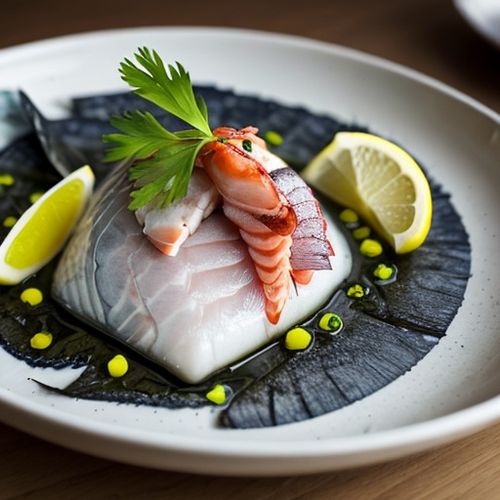
By James Moore/Mar 29, 2025

By Noah Bell/Mar 29, 2025
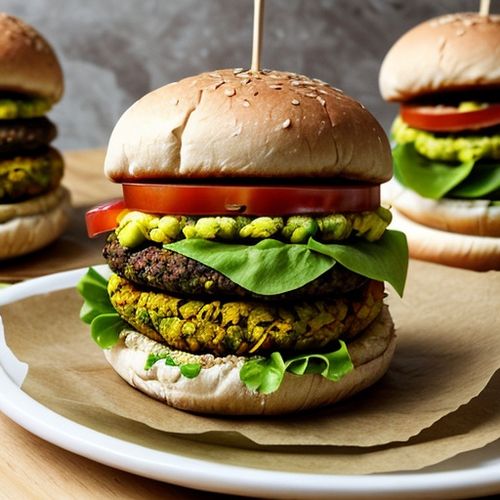
By Ryan Martin/Mar 29, 2025
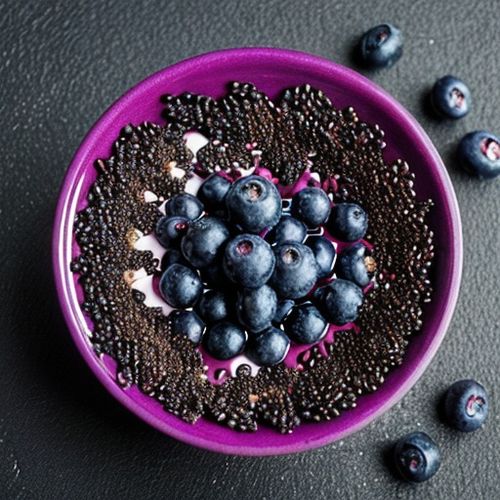
By Sarah Davis/Mar 29, 2025
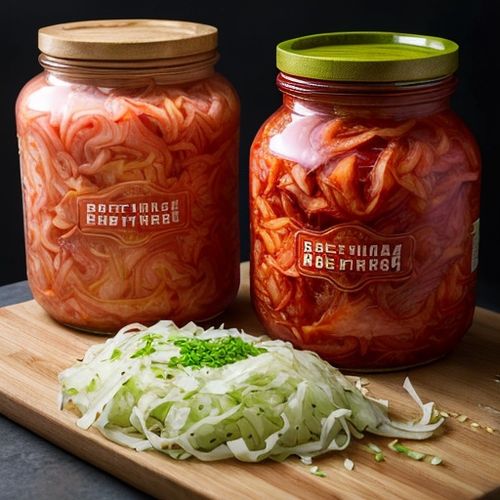
By William Miller/Mar 29, 2025

By Lily Simpson/Mar 29, 2025
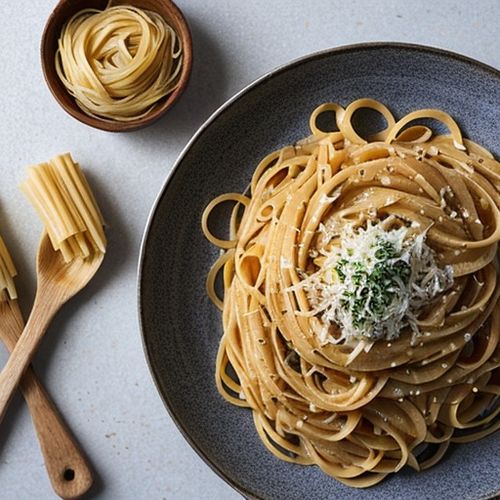
By William Miller/Mar 29, 2025
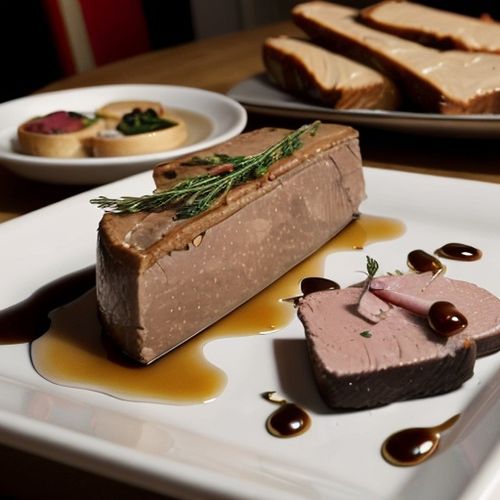
By Rebecca Stewart/Mar 29, 2025
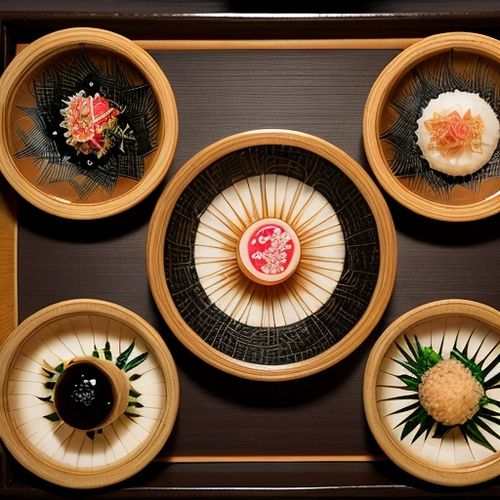
By Joshua Howard/Mar 29, 2025
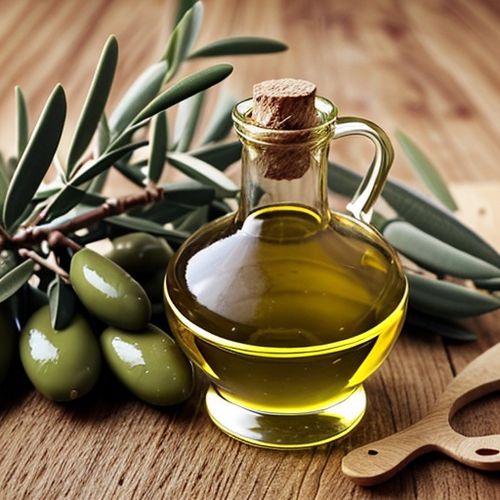
By Emily Johnson/Mar 29, 2025

By David Anderson/Mar 29, 2025
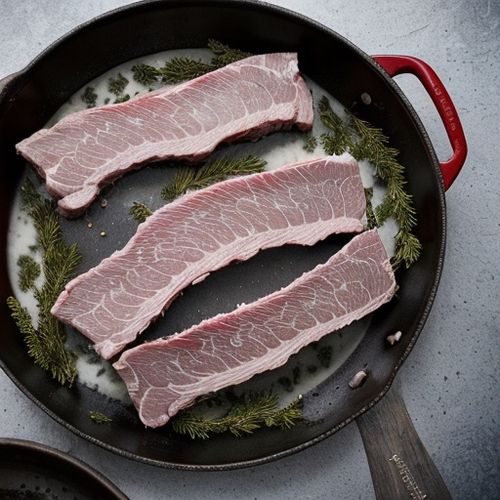
By Thomas Roberts/Mar 29, 2025

By Jessica Lee/Mar 29, 2025

By Amanda Phillips/Mar 29, 2025
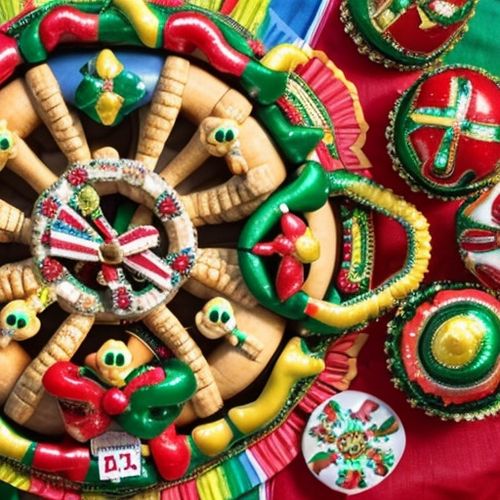
By Sophia Lewis/Mar 29, 2025

By Laura Wilson/Mar 29, 2025

By Emma Thompson/Mar 29, 2025

By Samuel Cooper/Mar 29, 2025
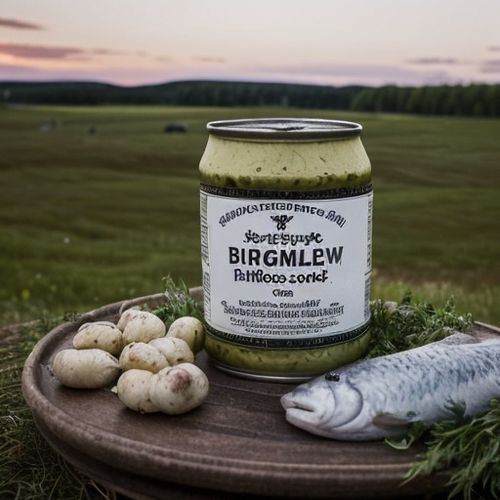
By Olivia Reed/Mar 29, 2025
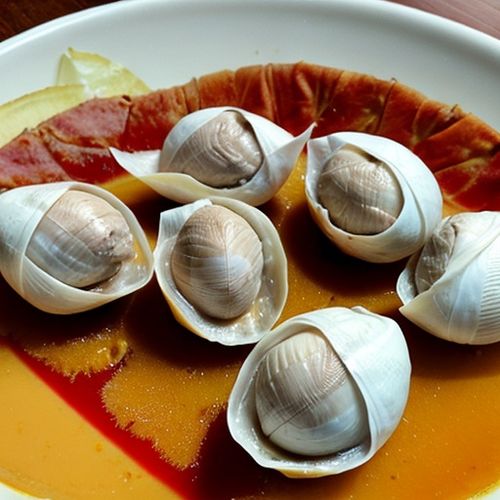
By Noah Bell/Mar 29, 2025